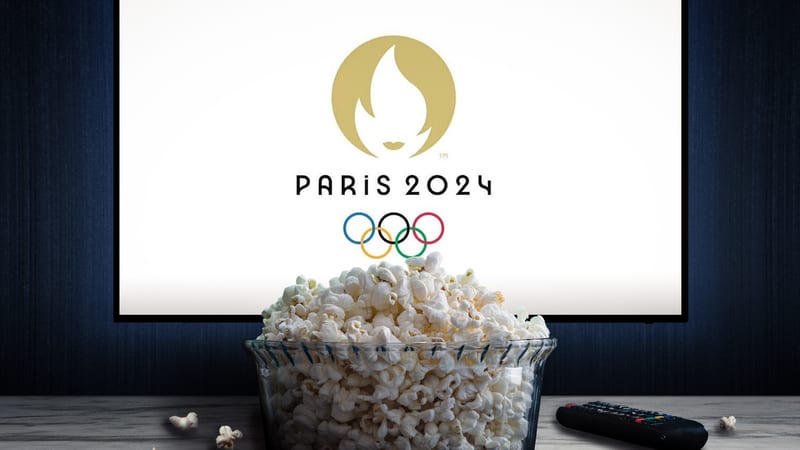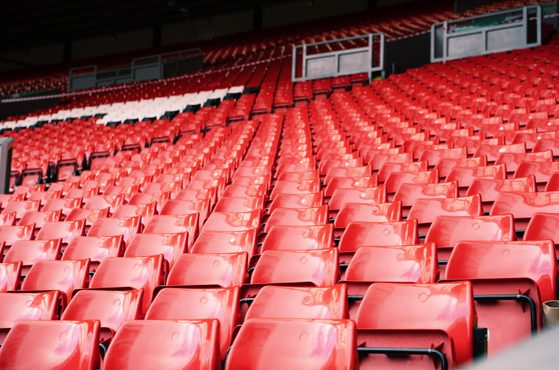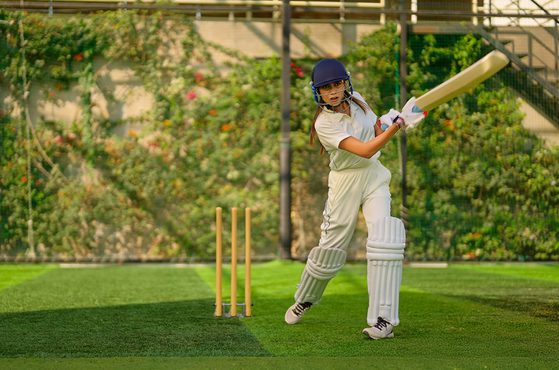Data (Use and Access) Act 2025 — how opt-in rules are changing for charities

We explore how charities will need to manage their marketing activities and supporter consent once the secondary legislation takes effect.
Read more
We make the difference. Talk to us: 0333 004 4488 | hello@brabners.com
AuthorsMorgan Lewis

The use of AI and technology in sporting events is ever-growing — and the Paris 2024 summer Olympic Games were no exception.
The International Olympic Committee (IOC) — as well as individual Olympic associations, athletes, coaches and broadcasters — all relied on the use of integrated AI technology both in the lead up to and during the Games to support training, refereeing and broadcasting.
Here, Morgan Lewis and Simon Cothliff from our sports technology team explains how technology was used throughout the Games and highlights the critical legal challenges and regulatory concerns that any organisation must consider ahead of implementing new sports technologies.
In preparation for the games, AI was used to enhance athlete performance and training, notably through Intel's 3D athlete/3DAT tracking technology. This system analyses biomechanical data by monitoring 21 points on an athlete's body, providing coaches with detailed insights into the athlete’s physical movements. AI can assist in optimising training schedules and nutrition, as well as overall athletic performance.
Additionally, AI is being used to identify potential talent, as seen in an IOC pilot program in Senegal, which analysed young athletes' abilities through basic drills. This was also available for spectators to try during the Games. However, the use of the technology for talent identification has raised concerns about fairness and transparency, as well as the implications of AI-driven decision-making in sports training.
Though AI’s application in refereeing is still evolving, computer vision systems — coupled with machine learning algorithms — have assisted human judges in sports that require precise measurements or subjective scoring.
For example, outgoing IOC President Thomas Bach explained that in the diving events, “the AI model can show the rotations, speeds, angles, everything that is really crucial for a judge. AI splits the dive in sequences and analyses it in less than a tenth of a second, and can be shared with fans in real time, so they better understand where someone gained and lost points.”
‘Wearable’ AI was used during the games too, especially in combat sports such as taekwondo where strikes landing on the sensors can generate data that’s collected, analysed and fed back in real-time to update the broadcasted live scoring.
Technologies like Intel’s Geti platform are designed to deliver personalised content to viewers, including customised highlights and detailed performance metrics. This builds on past innovations, such as the virtual world-record line introduced during the Sydney 2000 Games.
According to the Head of the Olympic Broadcast Services, Yiannis Exarchos, the Games aimed to unlock the power of AI to deliver faster, more relevant and insightful data to viewers. For example, intelligent stroboscopic analysis has been used across diving, athletics and artistic gymnastics to enable viewers to better understand the movements and biomechanics of the athletes. In artistic disciplines, OMEGA (the official timekeeper of the Games) used AI to generate enhanced data graphics, providing a new set of data on each athlete’s performance while in the air.
Further AI-based motion tracking technology was used to help commentators and viewers keep track of athletes’ positions during the canoe sprint, marathon, race walks, cycling, marathon swimming, rowing, sailing and triathlon.
The integration of AI technologies into the Games marks a significant intersection of technology and sports. However, the use of AI in athlete performance, refereeing and viewer engagement requires careful legal and regulatory consideration.
Stakeholders must address the potential legal implications to ensure that AI is used in a manner consistent with fairness, transparency and respect for the rights of participants, broadcasters and viewers.
Some of the most critical regulatory concerns include:
All use of technology in sport introduces various legal challenges that require careful consideration and proactive management to safeguard the rights and interests of all parties involved.
As the use of technology and AI in sporting events grows, national governing bodies will likely introduce stricter rules around the use of the technology to ensure fairness, integrity and inclusivity while maximising the experience for both participants and fans alike.
Recognised both nationally and internationally as one of the largest and most experienced multidisciplinary legal teams in the sports industry, our sports team works side-by-side with elite sports clubs, national governing bodies, international federations and large sports intermediaries, as well as major sports tech businesses.
Our sports technology experts understand the challenges and opportunities that sport faces and assist leaders in setting priorities for digital transformation — and delivering them. Amid so much uncertainty around the use and application of technology in sport, we provide you with the legal peace of mind to support bold initiatives and lasting change.
Talk to us by completing our contact form below.

Loading form...

We explore how charities will need to manage their marketing activities and supporter consent once the secondary legislation takes effect.
Read more

We explore how the Employment Rights Bill reshapes union access, strike rules and workplace protections for sport organisations.
Read more

We explore how women’s cricket is evolving and what that means for the sport’s future on and off the field.
Read more